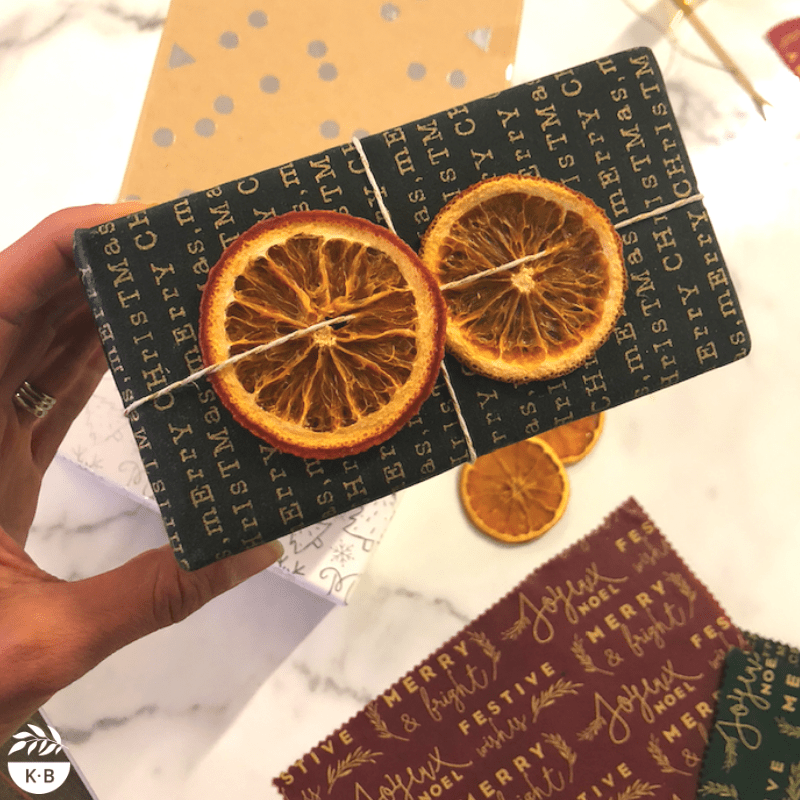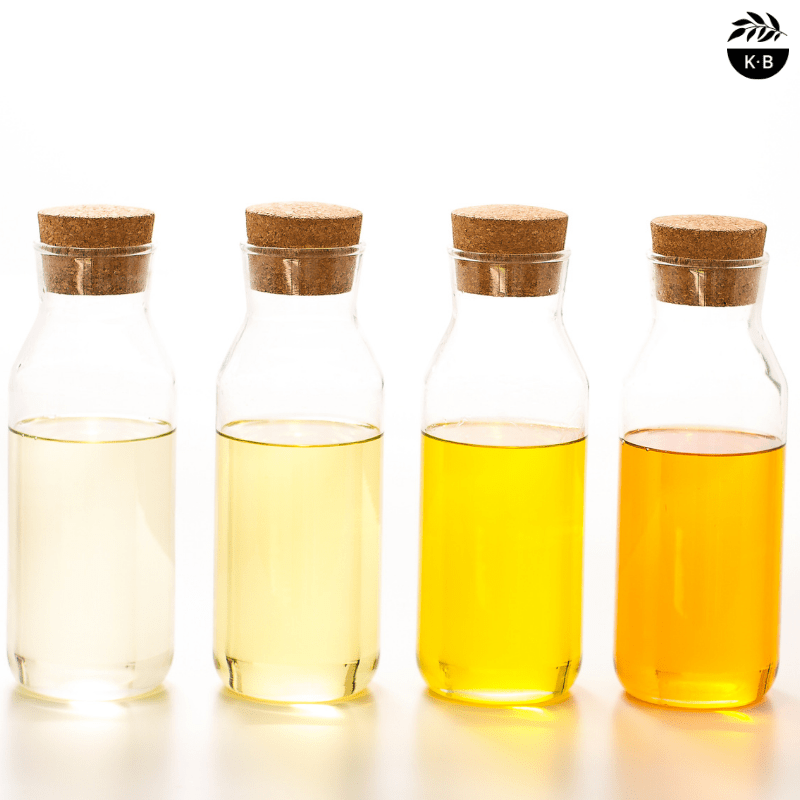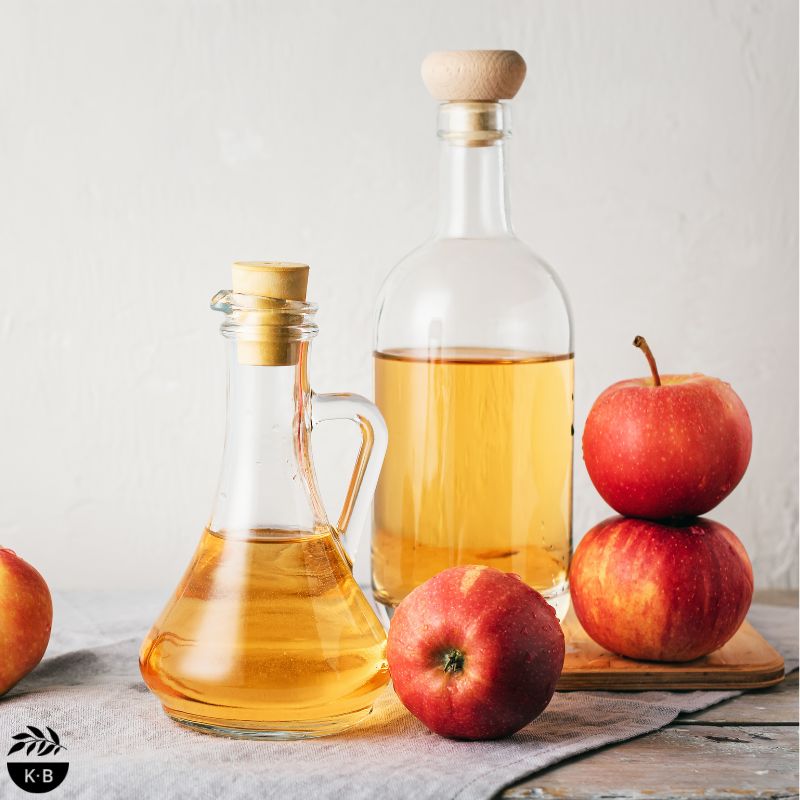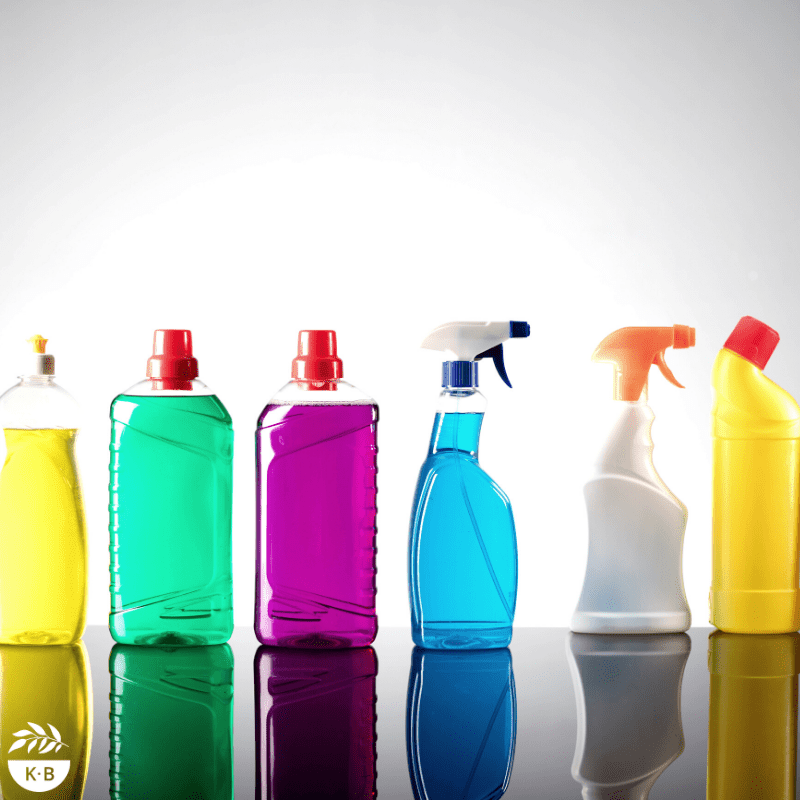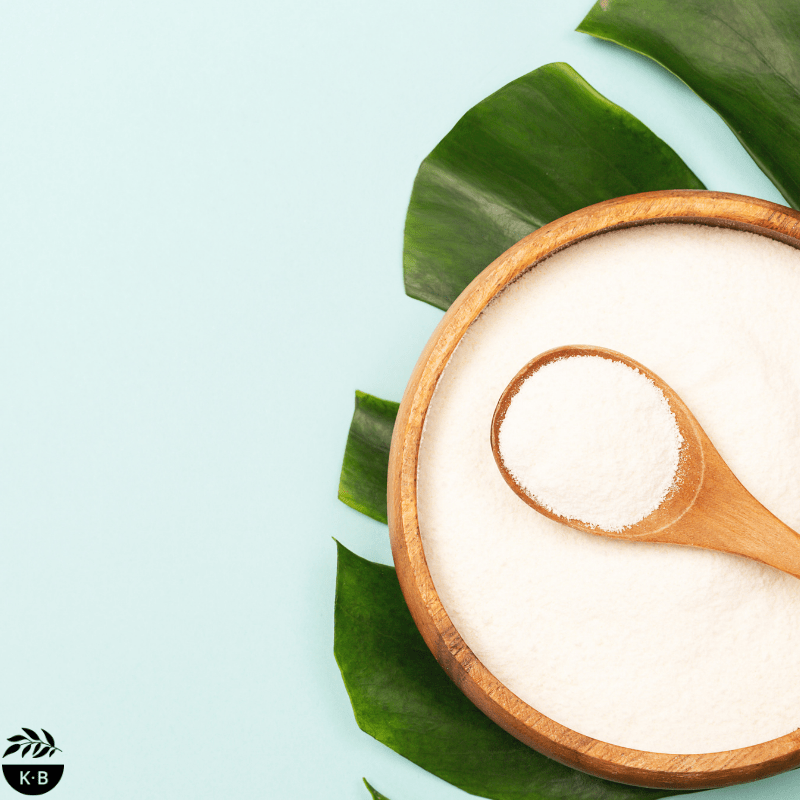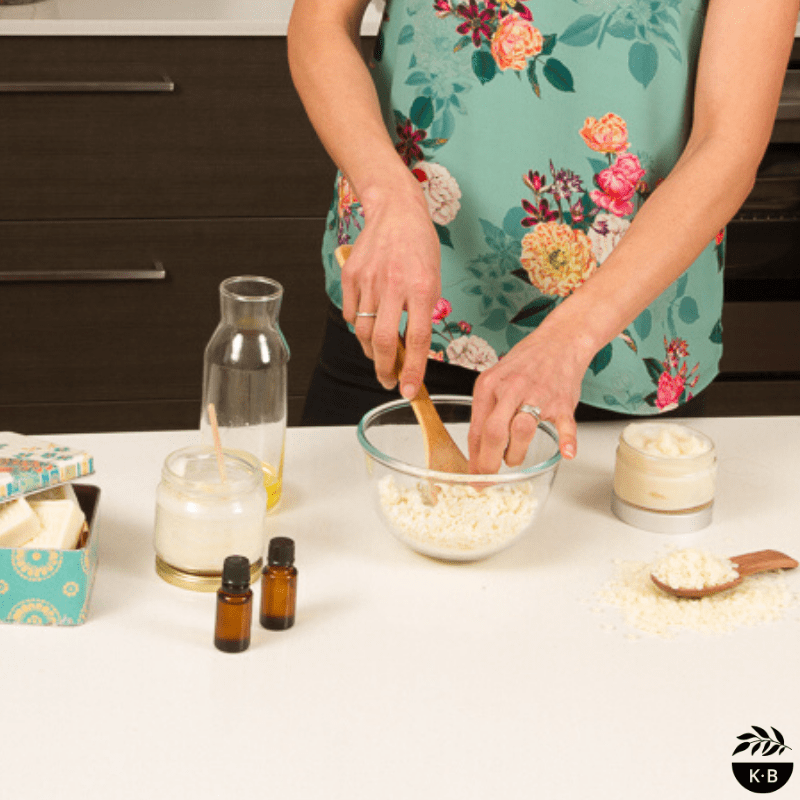 These are ingredients that I believe should pique curiosity. This is my watch list, ingredients that raise a red flag for me, and it is quite (ok, very) comprehensive. By no means am I telling you to avoid products that contain them. This journey is far from black and white. If you are new to label-reading, you may like to have a read through and create a simple list of your top 10.
These are ingredients that I believe should pique curiosity. This is my watch list, ingredients that raise a red flag for me, and it is quite (ok, very) comprehensive. By no means am I telling you to avoid products that contain them. This journey is far from black and white. If you are new to label-reading, you may like to have a read through and create a simple list of your top 10.
Become familiar with the ingredients that raise a flag for you. Memorise them, make a note in your phone, carry around a list – whatever you need to do until they are familiar and easily identifiable when you’re out shopping.
Ingredients that raise a flag for me
Aluminium chlorohydrate – The main antiperspirant ingredient in deodorant, used to block pores and stop us from sweating. It is a light metal suspected of accumulating in our brains, kidneys and liver (among other places), affecting the absorption of other minerals. Studies show that toxic metals contribute to brain disease, and Aluminium, in particular, affects our neurological systems. ‘Elevated aluminium content has been found in the brains of persons with Alzheimer’s disease. It remains unclear whether this is a cause or an effect of the disease. There is conflicting evidence on carcinogenicity. The contention that the use of aluminium-containing antiperspirants promotes breast cancer is not supported by consistent scientific data.’
This research might be enough for you to continue to use products with aluminium compounds, but for me, the seeds of doubt have been planted. I prefer not to prevent my body from sweating (I even go to an infrared sauna weekly purely to make myself sweat!) so I aim to avoid these ingredients.
Ammonia (and ammonium compounds) – Used in cleaning products such as window sprays, oven cleaners and polishing products. Ammonia can be produced naturally through the decomposition of organic waste matter, gas exchange with the atmosphere, forest fires, animal and human waste, and more. It is known to be toxic to aquatics, and although a great deal of the problem comes from runoff from agricultural lands, animal waste and municipal effluent discharges, it can’t hurt to reduce the amount we use at home for cleaning purposes. (source)
Ammonia can irritate airways, cause damage to eyes and burn skin. (source)
Warning: don’t ever accidentally combine products containing ammonia and bleach.
Benzyl alcohol – Along with benzoic acid and its salts, and benzyl benzoate, benzyl alcohol functions mostly as fragrance ingredients or preservatives in cosmetic products. This study deems it to be safe; the EWG list moderate use restrictions and non-reproductive organ system toxicity and high level of occupational hazards. (source)
While there is enough information to make me cautious, because of the conflicting research on this ingredient, I wouldn’t discount an otherwise clean product if benzyl alcohol was the only flag, especially in a wash off product. It can also be derived from natural sources (so, ask the brand!).
BHT/BHA (butylated hydroxytoluene/butylated hydroxyanisole) – Closely related, synthetic preservatives. According to David Suzuki, ‘The International Agency for Research on Cancer classifies BHA as a possible human carcinogen. It is also suspected of interfering with hormone function. Long-term exposure to high doses of BHT is toxic in mice and rats, causing liver, thyroid and kidney problems and affecting lung function and blood coagulation, and can act as a tumour promoter in certain situations.’
This research paper states that ‘the existing in vitro studies indicate that BHA presents a weak estrogenic effect and also anti-androgenic properties while an in vivo study found it to have antiestrogenic properties. There is no sufficient data available at the moment to draw a conclusion regarding the safety of BHA when referring to its endocrine disrupting effect. Since a fraction of the population might be exposed to doses superior to the acceptable daily intake (ADI), it is important to gather more in vitro and in vivo data concerning the potential effects that BHA might have alone, but also in mixtures with natural hormones or other endocrine disrupting compounds’.
BHT definitely seems less impacting than BHA, but I’m typically a firm no on both of these. You will find BHT in this brand of chewing gum and BHA in this brand of mayonnaise.
Cocamidopropyl betaine (CAPB) – Often used in ‘natural’ products, this synthetic ingredient is used as a foaming agent and can be found in anything from baby wash to shampoo. Said to ‘induce relatively mild skin irritation with contact sensitization prevalence is estimated at between 3.0 and 7.2%. The increasing rates of sensitization led to CAPB’s being named Allergen of the Year in 2004. Related impurities rendered during the manufacturing process are thought to play a role in sensitization‘.
This is another ingredient that I would possibly let slide if it was the only questionable ingredient in an otherwise clean product, although we should always be mindful of the interaction between ingredients (especially those with known impurities). Keep an eye on this one.
CI, D&C, FD&C – colours – Colours are found in so many cosmetics including lip balm, toothpaste, cleanser, toner and more. The problem with these is that it is hard to know exactly where they are coming from – some may be plant-based, others may be synthetic or derived from coal tar (which is a known carcinogen). Coal tar-derived colours are used extensively in cosmetics, generally identified by a five-digit Colour Index (C.I.) number. The U.S. colour name may also be listed (“FD&C” or “D&C” followed by a colour name and number). (source)
Did you know some colours are even created from crushed beetles (not joking)!
Some dyes can breakdown into carcinogenic compounds. As this information, regarding one specific type of dye, from Product Safety Australia states, ‘it is only certain azo dyes that are problematic — the majority don’t lead to exposure to hazardous aromatic amines‘. But how can we be sure? The article goes on to say that ‘the available evidence indicates that the use of problematic azo dyes isn’t widespread. Many Australian suppliers already have systems in place to manage the risk of overseas manufacturers using the wrong dyes’. Until all Australian suppliers have systems in place, I’m a little wary.
Sometimes a pop of colour (in a coated mica, for example, in a goop or fun dough recipe) is a concession I’ll make, but generally I prefer to avoid them.
‘Eth’ ingredients – When you see an ingredient that contains the letters ‘eth’ (steareth, polyethylene, laureth etc.), be alert as it may have undergone ethoxylation – this is the process of reacting chemicals with ethylene oxide to make them less harsh. Ethoxylated ingredients are generally of low concern on their own, however, unless companies have stringent policies in place, small amounts of 1,4 dioxane (a probable human carcinogen) and ethylene oxide (a known human carcinogen) may remain in the product. (source) The only way to know for sure is to contact the manufacturer and investigate further.
Not all ingredients with ‘eth’ will need to be avoided, but it’s worth being aware of them all, and doing extra research (more info on that coming up).
Ethanolamine compounds – Most common are MEA/TEA/DEA – abbreviations for monoethanolamine, diethanolamine & triethanolamine (there are plenty of other names though, so it’s safest to look for any ingredients containing the abbreviations MEA/TEA/DEA, such as cocamide MEA). This group of chemicals are typically used as surfactants and pH adjusters. You might see them in cleansers, shampoo and make-up, among other products.
Research suggests that ‘TEA, DEA, and MEA are safe for use in cosmetic formulations designed for discontinuous, brief use followed by thorough rinsing from the surface of the skin. In products intended for prolonged contact with the skin, the concentration of ethanolamines should not exceed 5%. MEA should be used only in rinse-off products. TEA and DEA should not be used in products containing N-nitrosating agents, (source) which may create nitrosamines. Nitrosamines are a class of more than a dozen different chemicals, which the International Agency for Research on Cancer lists individually as possible and known carcinogens. (source)
With so many conditions and unknowns, I prefer to avoid all products containing these compounds.
Formaldehyde-releasing preservatives: DMDM hydantoin, diazolidinyl urea, imidazolidinyl urea, methenamine, quaternium-15 – Formaldehyde is a recognised human carcinogen, and also known to cause irritation to eyes, nose and throat, rashes, asthma attacks, nausea etc. (source) Even if it isn’t added specifically to a product, it may be present when released by chemicals (such as those mentioned above), or as a by-product when certain chemicals combine. Because it isn’t deliberately added, it won’t appear on the label. So, how can you be sure? Sadly, you just can’t, not unless you have the product tested.
Do you remember, around 2010, a hair straightening treatment “Brazilian Blowout”, marketed and sold as formaldehyde-free, that promised (and successfully delivered) relaxed hair for 3-4 months? Well, it worked. I know this because I tried it! It was later recalled when the ACCC discovered that the product did, in fact, contain formaldehyde (50x higher than the ‘safe’ level), and from what I recall, once that ingredient was removed, the treatment became less successful and less popular. The ACCC stated that there was ‘a substantial degree of scientific evidence that formaldehyde can be a dangerous substance, can be toxic, allergenic and carcinogenic, and when inhaled can cause head aches, a burning sensation in the throat and difficulty with breathing’. (source)
Do I feel crappy that I’ve used this product? Not really – it’s in my past, and before I knew better, so it’s okay, but I do cringe when I think of the salon workers who had back-to-back appointments during this fad.
Fragrance – aka fake smells, is my most disliked ingredient, and it is added to just about everything from hand wash and shampoo, to window sprays and fabric softeners, to shoes and toys (yes, you read correctly – I once bought a pair of shoes online that came with a ‘delightfully fresh fragrance’; needless to say, I gave them away!).
‘Fragranced products have been associated with a range of adverse health effects, such as migraine headaches, asthma attacks, respiratory difficulties, neurological problems, mucosal symptoms, and contact dermatitis.‘ Fragrance has even been dubbed the new second-hand/passive smoke by some.
Air fresheners, as one example, emit over 100 different chemicals emissions, including volatile organic compounds, and can also react with indoor oxidants to generate secondary pollutants such as formaldehyde. (source)
Did you know that fragrance formulations are protected by loopholes, allowing companies to add whatever they like (from a list of thousands of different chemicals, mostly synthetic) without having to declare it on the label? If you haven’t yet watched the American documentary Stink, produced by John Whelan, then I highly, highly recommend you do. John lost his wife to cancer and then started asking questions when his daughter opened a pair of scented PJs at Christmas. I’d even go as far as saying you could turn it into a movie night with the whole family, particularly reluctant-to-listen family members – advice is so much easier to swallow when someone else is giving it, right?
Methylisothiazolinone/methylchloroisothiazolinone (MIT/MCIT) – Typically found in rinse-off products like cleaning detergents, shampoo, shaving creams and more. These preservatives have been associated with lung toxicity, skin allergies and toxicity to wildlife. (source)
Methylisothiazolinone is banned, or restricted, in some countries and the European Scientific Committee on Consumer Safety has declared that there is no safe concentration of MIT in leave-on products, including wet wipes, and that concentrations in rinse-off products must be less than 15 parts per million. Since MI is widely used in other consumer products (e.g. detergents, paints), exposures from such sources should also be assessed. (source)
Methylchloroisothiazolinone was found to be an allergen when used in leave-in beauty products, although most reactions occurred in the 1980s – 1990s when concentrations were higher. (source)
Canada has banned MIT/MCIT in all products intended for use by children under the age of three, and in all other leave-on products. (source)
Mineral oil – While mineral oil that is highly refined and purified doesn’t seem to pose a huge risk to humans, it is petroleum-derived and with gorgeous carrier oils like sweet almond and jojoba, I just don’t think we need this ingredient in our lives.
You might see it in baby lotions, lip gloss, lipstick and massage oils. Mineral oil creates a barrier on the skin (is that protective or suffocating?), therefore can cause skin irritation and aggravate acne if any other irritating ingredients are also present.
Parabens – These synthetic preservatives have received a lot of media coverage over the years and have been taken out of a huge number of major brand’s formulations. They’re believed to have weak estrogenic effects (hormone disruption). They can be found in anything from body cream to toothpaste. ‘Research has found parabens in urine samples of 92-97% of the people studied, proving that they are absorbed and metabolised by our bodies.’
There is mixed information on parabens, with some research articles stating that they do not negatively impact our hormones. This research paper discusses paraben sensitisation occurring and continuing to be reported in case literature, when exposure involves damaged or broken skin. It is important to note that most people will apply these products to skin that is damaged (think cuts, scrapes, scratches, aggravated pimples, psoriasis, eczema etc.). The paper goes on to say senitsation only happens in 4% of people and otherwise demonstrates no adverse effects.
The State of the Art Assessment of Endocrine Disrupters reports ‘irreversible adverse effects on male development including reduced sperm counts and reduced testis and prostate weights, but the results of the few extant studies are conflicting. Mixtures of parabens have been shown to have additive estrogenic effects’. It also states that ‘overall our knowledge of the ED (endocrine-disrupting) properties of parabens is inadequate, and much more work is needed to determine whether they pose any risks to human or environmental health.
I choose to avoid all parabens.
PEG compounds – ‘PEGs (polyethylene glycols) are petroleum-based compounds that are widely used in cosmetics as thickeners, solvents, softeners, and moisture-carriers‘. You might find them in many cream-based products, and see PEG-20, PEG-40, PEG-120 etc. written on a label. Polyethylene glycols are ‘favorably used as penetration enhancers, especially in topical dermatological preparations‘, increasing the permeability of the skin to allow greater absorption of the product — including harmful ingredients. (source)
PEGs and PEG derivatives are generally regulated as safe for use in cosmetics, with the conditions that impurities and by-products, such as ethylene oxides and 1,4-dioxane, which are known carcinogenic materials, are removed before they are mixed in cosmetic formulations. (source) Unless you contact the manufacturer, you won’t know if these contaminants are present.
PEGs should not be applied to damaged skin (source) and that would include eczema-affected skin, broken pimples, scratches and grazes. This concerns me as many people would be applying products containing PEGs to damaged skin.
Petroleum distillates (naphtha) – Humans use naphtha in three main ways: for industrial purposes, as a solvent and as a fuel. It is a large class of chemicals that comes with some health and environmental concerns. (source) According to the Environmental Working Group, petroleum naphtha may cause cancer, genetic defects, may be fatal if swallowed (cleaning products) and may damage fertility. You might find this in household paint removers/thinners and solvents, in laundry stain removers, and in dry cleaning.
Phthalates – Recognised as endocrine (hormone) disruptors, phthalates have been found to affect male reproduction. (source) They’re are added to help fragrance to stick (to clothing, skin etc.), to plastics to soften them, making them bendy and pliable, and to nail-polish to prevent cracking. You might find phthalates in synthetic fragrances, but they aren’t typically ‘itemised’ on labels, making them hard to detect. Unless there is information stating that the fragrance in a product is derived from essential oils, be cautious.
Phenoxyethanol – This is a tricky one, because many ‘green’ and ‘eco’ companies, with excellent ingredients lists, are using it as a replacement to parabens (see parabens above), to preserve products. The Environmental Working Group states that phenoxyethanol is irritating to eyes, skin and lungs, and there are concerns over organ system toxicity.
Phenoxyethanol is said to be safe at very low doses (up to 1%). ‘Adverse systemic effects have been observed in toxicological studies on animals but only when the levels of exposure were many magnitudes higher (around 200-fold higher) than those to which consumers are exposed when using phenoxyethanol-containing cosmetic products.‘
I acknowledge that phenoxyethanol appears to be ‘safe’ but believe thought needs to go into how many low-dose products we’re exposing ourselves to every day. As infants and children are more vulnerable to these chemicals, is that safe low dose calculated with them in mind, or adults?
Phosphates – Added to soften water and improve cleaning power; modern washing powders and dishwashing detergents typically don’t contain added phosphates anymore, but it pays to keep an eye out anyway.
High levels of phosphorus is hazardous to the environment, encouraging algae blooms that produce algal toxins which can be harmful to human and animal health. The biggest hazard is high concentrations of phosphorus coming from poor agricultural practices, runoff from urban areas and lawns, leaking septic systems or discharges from sewage treatment plants. (source)
Propane/butane/isobutane – Often found in deodorant and hair spray, these compressed gases are used as aerosol propellants. According to the Environmental Working Group, these ingredients carry the risk of being human toxicants and are expected to be harmful to human health. Canada has banned butane and isobutane in cosmetics containing more than 0.1% of 1,3-butadiene (produced during the refining of butane and considered to be harmful to human health). (source)
Given that the products containing these ingredients are easily inhaled into our permeable lungs, I advise they are avoided or at the very least sprayed outside (and hold your breath!).
Propylene glycol – A synthetic liquid substance that absorbs water; used as a skin-conditioning agent in cosmetics (it has other uses in the chemical, food, and pharmaceutical industries). Propylene Glycol is usually listed on a label as PPG-3, PPG-12, PPG-15 etc. It is generally regarded as non-toxic and non-carcinogenic, however concerns around irritation remain. (source) Typically, toxicity seems to be linked to exposure to high oral doses, but there is also risk if it is applied to burned skin for long periods of time. (source)
QUATS (quaternary ammonium compounds) – Antimicrobial disinfectants commonly used in households and commercial settings. Found in bathroom cleaners and fabric softeners, QUATS can induce an allergic response, don’t readily degrade in the environment and are toxic to fish. (source)
This study found, breeding pairs (of laboratory mice) exposed for six months to a QUAT disinfectant exhibited decreases in fertility, increased time to first litter, longer pregnancy intervals, fewer pups per litter and fewer pregnancies. Significant morbidity in near term females was also observed. In summary, exposure to a common QUAT disinfectant mixture significantly impaired reproductive health in mice. This study illustrates the importance of assessing mixture toxicity of commonly used products whose components have only been evaluated individually. This study, also assessing two types of QUATS, says exposure on human health is unclear; widespread exposure necessitates further consideration of their potential reproductive toxicity.
Keep in mind that not every ingredient with ‘quat’ in its title has been found to be harmful to humans or animals so it’s best to do individual research on the ingredient present in whatever product you’re looking to buy. For example, Quaternium-15 is a formaldehyde-releaser (see above), Alkyl dimethyl benzyl ammonium chloride (ADBAC) and didecyl dimethyl ammonium chloride (DDAC) (mentioned in the studies above) are linked to fertility issues, but Polyquaternium-11 is believed to be relatively harmless.
Just be alert and aware.
Siloxanes/silicones (dimethicone, cylcopentasiloxane, cyclohexasiloxane) -Siloxanes is an umbrella term for a group of silicone-based chemicals that can be found in moisturisers, hair products, deodorant etc.
Octamethylcyclotetrasiloxane (which also refers to cyclotrisiloxane (D3), cyclopentasiloxane (D5), cyclohexasiloxane (D6) is classified as hazardous—toxic to reproduction, category 3—with the risk phrase ‘possible risk of impaired fertility‘. I’ve recently seen these ingredients in products on shelves at Australian supermarkets. D4 meets the criteria for the identification of a persistent, bio-accumulative and toxic substance; the hazard properties of D4 and D5 give rise to specific concerns for the environment when present in cosmetic products that are used or disposed with water. (source)
Broadly, it is suspected that they may disrupt hormone function, impair fertility and bioaccumulate in the environment. (source) ‘The cosmetics industry is actively looking for alternatives to cyclomethicone, dimethicone and other silicone materials.’ (source)
I’m alert to ingredients ending in ‘one’ or ‘ane’ and personally prefer to steer clear of the lot.
Sodium hydroxide (lye) – You generally wouldn’t find it in personal care without it having undergone the reaction required to make soap – in which case there shouldn’t be any lye left in the product so it’s safe. But you may see it in some drain and oven cleaners. According to the USA’s Centre for Disease Control and Prevention, sodium hydroxide does not produce systemic toxicity, but is very corrosive and can cause severe burns in all tissues that it comes in contact with. Sodium hydroxide poses a particular threat to the eyes, since it can hydrolyze protein, leading to severe eye damage.
Never mix with hot water as it may combust.
Sodium hypochlorite – Found in household bleach which is typically used to whiten or remove stains, and for cleaning and disinfection. According to this research paper, ‘household bleach, used according to label directions, including recommended ventilation and protection, is surprisingly non-toxic to humans. This may lead to complacency. Misapplied, especially when mixed with other substances, it can be harmful or even lethal. McKenzie et al. reported in a 2010 pediatric study over a 16-year period that just under 270,000 US children (< 5 years of age) were injured by household cleaning products. Bleach was the leading source (37%) and usually by ingestion (63%). A spray bottle was the most common source (40%)’.
The Environmental Working Group documents sodium hypochlorite has a sensitising allergen, asthmagen and environmental toxin. Check out my infographic here on ways to minimise the impact of chlorine when swimming.
Sodium coco sulfate – It seems sodium lauryl sulfate (SLS) and sodium laureth sulfate (SLES) (see below) are being replaced with SCS, and there isn’t a lot of data available on it – meaning it gets a default rating of 1-2 with the Environmental Working Group.
Basically, SCS is very similar to SLS (see below). SLS begins with lauric acid, often from coconut, which is then reacted with sulfuric acid, and then again with sodium carbonate. The difference is that SCS begins with a blend of fatty acids. It would carry the same risks of skin irritation, eye irritation, stripping hair of natural oils and forming nitrosamines in the presence of triethanolamine as SLS does. (source)
This article explains things further, and is pretty easy to understand.
There are products I’ve recommended in the past that contain SCS. I’m beginning to think I need to put this one higher up on my no-list… Decide how you feel about it.
Sodium laureth sulfate/sodium lauryl sulfate (SLS/SLES) – Found in a great deal of personal care products, these ingredients are surfactants, reducing the surface tension of water and allowing bubbles to be created which in turn helps dirt and grease to wash away.
The Cosmetics Ingredients Review states that: SLS appears to be safe in formulations designed for discontinuous, brief use followed by thorough rinsing from the surface of the skin. In products intended for prolonged contact with skin, concentrations should not exceed 1 percent. SLES may induce eye and skin irritation, however, on the basis of the available information, concludes that it is safe as presently used in cosmetic products.
There is a lot of conflicting information. This research paper (that concludes with SLS being is an acceptable surfactant for use in household cleaning product formulations from toxicological and sustainability perspectives) says ‘consumers may be exposed to SLS by using products that contain the ingredient. Exposure to SLS from household cleaning products depends on the frequency of household cleaning activities, which is reported as being 1–2 times per week on average. The intended application of detergents and cleaners should not result in direct contact with product ingredients; however, misuse of the product could potentially cause dermal (skin and ocular) or inhalation exposure’. I don’t know about you but I often make direct contact with the products I use to clean. Food for thought.
SLES is a worry because of the manufacturing process (ethoxylation) which may result in the ingredient’s purity being compromised with ethylene oxide and 1,4 dioxane (both a high human health priority).
At the end of the day, I believe there are better alternatives to these ingredients, so long as bubbles (well, the lack of) don’t bother you, so I prefer to avoid them.
Sunscreen ingredients (oxybenzone, octinoxate, octocrylene, homosalate) – Here is some broad, and comprehensive, information on sunscreen ingredients, from EWG. In a nutshell, there is some serious concern over these ingredients and human absorption leading to hormone disruption/skin allergies.
Triclosan – Added to products to prevent bacterial growth, you may see triclosan in antibacterial formulas, as well as toothpaste and deodorant. There is research to suggest tricolsan is readily absorbed into human skin, and that the over-use of triclosan is increasing bacterial resistance and reducing the effectiveness of antibiotics.
Triclosan is also used in adhesives, fabrics, vinyl, plastics (toys, toothbrushes), textiles, carpet etc. It was first registered as a pesticide in 1969.
Triclosan has been removed from many handwashes as it has been found to be no more effective than using soap and water; although you will still find it in some antibacterial cleansers and soaps, bath oils and deodorisers. Most toothpaste brands have also reformulated and removed it from their products.
This research paper states that triclosan is readily absorbed into human skin and oral mucosa and found in various human tissues and fluids, and has been reported to be an endocrine disrupting chemical in multiple species, as well as affecting immune responses; while this info from the Environmental Protection Agency says that studies on the thyroid and estrogen effects determine that more research on the potential health consequences of endocrine effects of triclosan is warranted.
Measurable levels of TCS are present in milk and blood of nursing mothers.
In aquatic environments, triclosan is expected to attach to the surface of suspended solids and sediments and may bioaccumulate, potentially posing a concern for aquatic organisms. (source)
2-butoxyethanol – You may also see this listed as ethylene glycol monobutyl ether. It is widely used as a solvent in various applications such as in surface coatings, spray lacquer, quick-dry lacquers, enamels, varnishes, varnish removers, latex paint, and metal cleaners and in commercially available cleaning products. (source)
Studies have demonstrated that exposure to this chemical may result in eye, nose, throat and skin irritation, nausea and heachaches. This study linked exposure via inhalation, with cancer in mice.
I am very aware that some of this research could be dissected and downplayed, and just as much of it could probably get some more ‘air time’ – it goes both ways. The most concerning aspect for me is the fact that so many of the chemicals that were once believed to be safe, are now presenting with some very concerning data. Why is it innocent until proven guilty? I just prefer to play it safe, although that can be difficult when relying on mass-produced commercial products.
Remember that identifying chemicals is one thing, but it only forms part of the knowledge you need to become an educated shopper. You might be interested in this blog for more tips and tools to help you along this chemical awareness journey.
Note: Very occasionally, some of these ingredients may appear in the products I recommend. For those of you that aren’t into DIY yet, it’s important to be able to identify the best of the bunch, even if a few compromises need to be made. Remember, 80/20 – this journey is not black and white.
